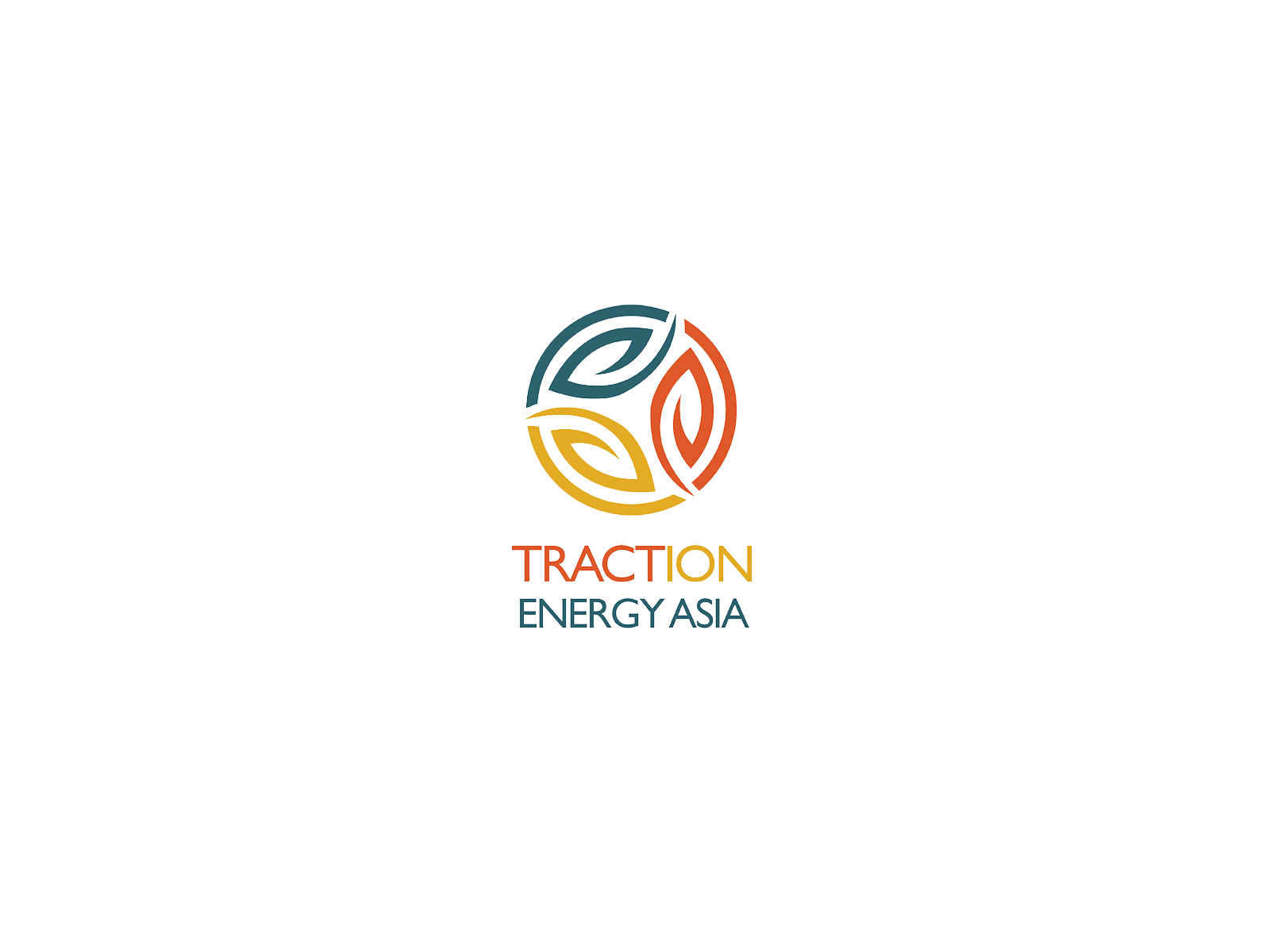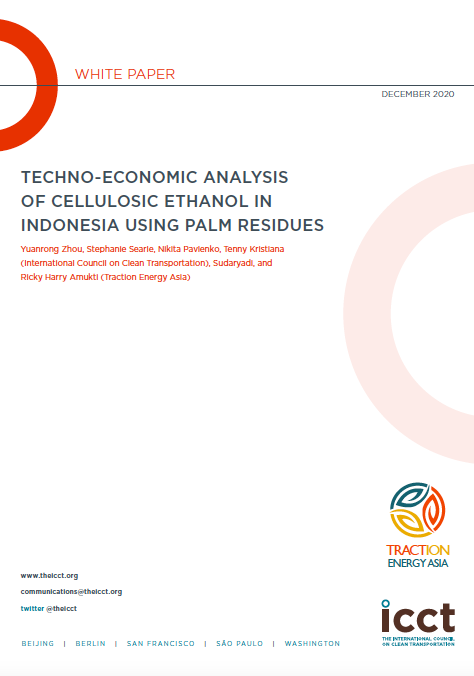Bioenergy development, especially in the biodiesel and biomass programs, has the potential to affect food security. This is because bioenergy development and food provision both require land.
The Jakpat survey in 2022 stated that rice and cooking oil are among the top three staple foods for Indonesians. In addition, the Ministry of Agriculture projects that by 2045, 34.4 million tons of rice will be needed to meet the food needs of the Indonesian people. At least 11 million hectares (ha) of paddy fields are needed to achieve this production.
At the same time, the government through the Ministry of Energy and Mineral Resources (MEMR) continues to increase the blend of palm biodiesel as vehicle fuel. As of February 2023, a biodiesel blend of 35 percent or B35 will be implemented.
A study by LPEM UI and Greenpeace said that Indonesia needs an additional 9.3 million ha of palm oil land if the government later implements B50.
In addition, the government is also developing biomass co-firing for 107 power plants. The Asia Trend Institute projects that 2.3-7.8 million ha of land will be needed to meet this 10 percent biomass co-firing requirement. In effect, Indonesia risks a shortage of land to meet food and energy needs simultaneously.
Traction Energy Asia and Trend Asia recommend a number of alternative sustainable energy and food policies. On the food side, the government can develop urban farming practices and diversify food raw materials. On the energy side, the government can utilize used cooking oil, solar energy, wind energy, and others.
This article was published on katadata.co.id with the title: “The Fate of Land Between Food and Energy“


